2025 ACM Awards
We’re beyond thrilled to celebrate our incredible MAX artist partners who’ve secured nominations for the 2025 Academy of Country Music Awards—our...

Brand loyalty is the ultimate goal for marketers. It’s the pot of gold at the end of the marketing rainbow, the goose filled with the promise of golden eggs, the magic beanstalk that will surely lead to a land filled with riches—and if you ask some people, it’s rapidly becoming a fairy tale.
We have access to more information—and options—than ever before. With so many product offerings, distribution channels, and methods of discovery available, we have enormous control over what we buy, who we buy from, and where we place our loyalty.
We also know that the rapid adoption of online shopping during the pandemic contributed to more frequent shifts in brand loyalty, (especially when some brands were better at adapting to meet changing needs). When people who had never shopped online before suddenly had to buy everything from prescription medicine to groceries off the internet, they found out just how many more options ecommerce offers, and long-time brand loyalists quickly became brand agnostic.
It’s easy to grumble about the erosion of brand loyalty, but the real story here is the shift in the power dynamic and evolution of the relationship between people and brands. In the past, loyalty was one-sided (given by people, benefitting brands) and brands held all of the power (you can have “any color so long as it is black”). In today’s me-conomy, the relationship (and loyalty) between brands and consumers is a two-way street.
In the past, loyalty was largely based on outside factors: you were loyal to a restaurant chain based on where you lived; to a make of truck because that’s what your grandpa drove; to a mascara because it was the first one you tried when you were finally allowed to wear makeup. It didn’t matter if the brand (or team or organization) did something that clashed with your other values, you stood by your brand.
When we talk about loyalty today, we see it through the lens of accountability. People hold brands to a higher standard than in the past and see loyalty as a reciprocal relationship. We expect brands to show that they are just as loyal to us as we are to them. Blind loyalty is disappearing and is being replaced by conditional loyalty. In order to earn and keep loyalty, brands need to understand who people are and invest in the things they care about.
Brand loyalty may be declining, but it definitely still exists—it’s just harder to earn. Loyalty isn’t something that people award once and then hold forever anymore; now, brands have to continually earn and maintain relationships or risk losing people’s trust (and business). If a brand does something to disappoint us, we can quickly and easily find a replacement and shift our loyalty elsewhere.
Brand loyalty is heavily influenced by our other values. Led by younger generations, people increasingly believe that brands have a social responsibility to make the world a better place and are loyal to brands with well defined values. In fact, half of the younger population globally say they have a greater interest in brands that act in a socially responsible way. Before we give a brand our loyalty, we want to know that they have invested in ethical practices and use their platforms to foster social change.
Brand loyalty is also driven by personalized experiences. We want brands to understand and celebrate all of the things that make us unique individuals. The mass marketing strategies of the past will not work in the me-conomy. The challenge for marketers, as always, is finding ways to create personalized experiences at scale . For us, it always comes back to music (and we’ll go into that more in depth later).
Why do we care so much about brand loyalty anyway? Sure, keeping a customer is easier than earning one, but the real prize here is brand evangelism. When someone isn’t just loyal but is excited about your brand, they are more likely to talk to their friends and family about you. Word of mouth is the most trusted form of product recommendation and drives an estimated $6T in sales every year. So, maybe brand enthusiasm is the real goose with the golden egg and brand loyalty is just . . . a really cool goose?
Brand loyalty is lower in younger generations, but don’t sleep on their brand enthusiasm. Young people may have less brand loyalty than older generations, but they are also much more likely to evangelize your brand when they are happy than they are to complain. Counteracting their parents’ tendency to publicly grumble about negative brand experiences, Gen Zers share twice as much positive feedback as they do negative. Gen Zers also have an outsized influence on purchase decisions within their family and their social circles (including their online social circles, which can be huge). On top of that, Gen Zers don’t even have to personally love your product to recommend it; 30% say that they would recommend a product based on hearing good things about it from somebody else. What Gen Z lacks in brand loyalty they make up for in enthusiasm.
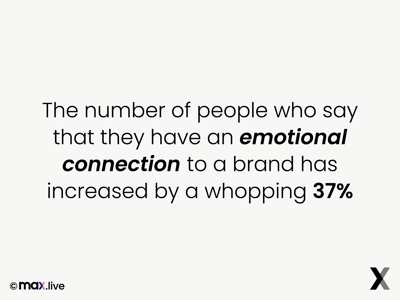 While a lot of people are lamenting the erosion of brand loyalty during the pandemic, many brands were actually able to deepen their relationships with people over this time. The number of people who say that they have an emotional connection to a brand has increased by a whopping 37% when compared with pre-pandemic numbers. These emotional bonds between people and brands are what inspire people to become advocates for your brand.
While a lot of people are lamenting the erosion of brand loyalty during the pandemic, many brands were actually able to deepen their relationships with people over this time. The number of people who say that they have an emotional connection to a brand has increased by a whopping 37% when compared with pre-pandemic numbers. These emotional bonds between people and brands are what inspire people to become advocates for your brand.
The moral of the story? Brand loyalty still exists—and it still has value—it just looks different than it has in the past. The best way to earn brand loyalty (and the even more coveted brand enthusiasm) is to build meaningful, authentic relationships based on emotional connection. Instead of seeing people as consumers of your product or numbers on a spreadsheet, treating them like real people with emotions and goals and needs and concerns (which, of course, they are) shows them that you understand who they are at their core.
So, how exactly do brands create and nurture these emotional connections? Like we said before, for us, it always comes back to music. Music provides the perfect intersection of emotional connection and personalization—and absolutely inspires lasting loyalty (most of us still listen to the music that we fell in love with during our teen years and we turn to old favorites when we need comfort).
Music is also the primary way that we define who we are as individuals, and we can back that up with data. Above politics, sports teams, and even religion, music preference is the number one signifier of personal identity. The music we love reflects our backgrounds, our values, and the very essence of who we are.
By weaving music into brand experiences, brands can connect with people on a deeply emotional, highly personal level. Whether you’re looking to elicit nostalgia or capture the feeling of the present moment, music evokes a strong emotional response.
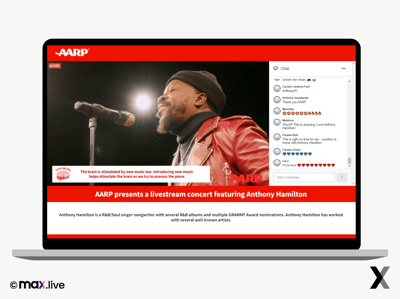 Tapping into nostalgia and lifetime loyalty, AARP is forming lasting emotional connections with current and future members through its ongoing concert series. The series reaches diverse segments of people who are getting close to the age of AARP eligibility and who will benefit from early adoption of brain health habits. AARP uses these concerts to teach people about brain health—and the scientific connection the organization found between music and brain health.
Tapping into nostalgia and lifetime loyalty, AARP is forming lasting emotional connections with current and future members through its ongoing concert series. The series reaches diverse segments of people who are getting close to the age of AARP eligibility and who will benefit from early adoption of brain health habits. AARP uses these concerts to teach people about brain health—and the scientific connection the organization found between music and brain health.
|
From AARP:
|
AARP is forming meaningful connections through music and sharing “articles, videos, challenges and activities to learn about building lifelong, healthy habits at any age.” With MAX’s help, AARP is partnering with established artists who already have a deep emotional connection with prospective members and whose music resonates with people who were teens during the 90s (aka: near future AARP members).
So far, the series has featured a diverse roster of artists, including: Melissa Etheridge, Anthony Hamilton, Raheem DeVaughn, Jake Shimabukuro, and Everclear . . . and there are plenty more exciting concerts to come!
Check out parts one, two, and three of our MAX Original Series: The Me-Conomy and subscribe to our weekly newsletter to keep up with the latest on the Me-Conomy and other MAX news.
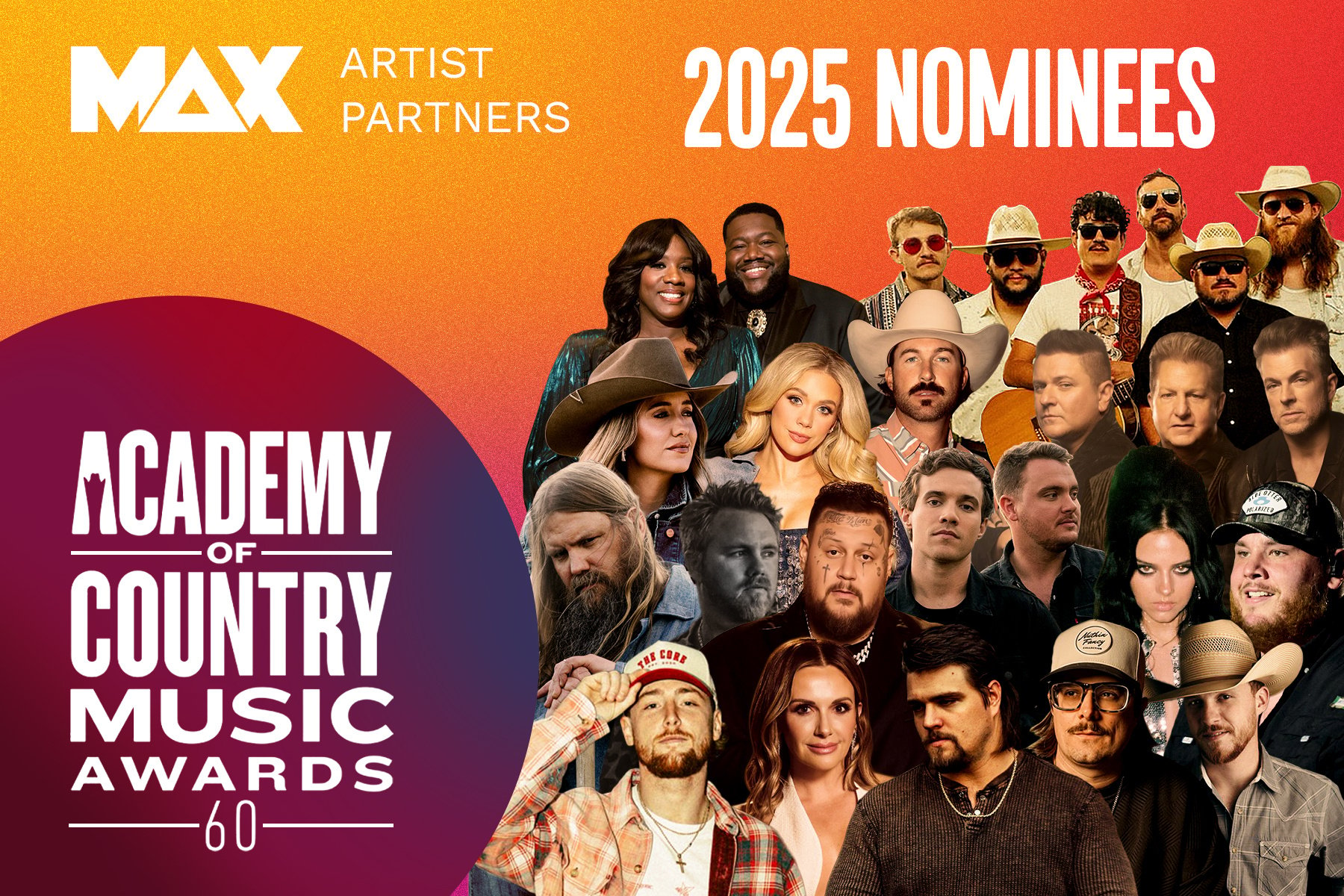
We’re beyond thrilled to celebrate our incredible MAX artist partners who’ve secured nominations for the 2025 Academy of Country Music Awards—our...
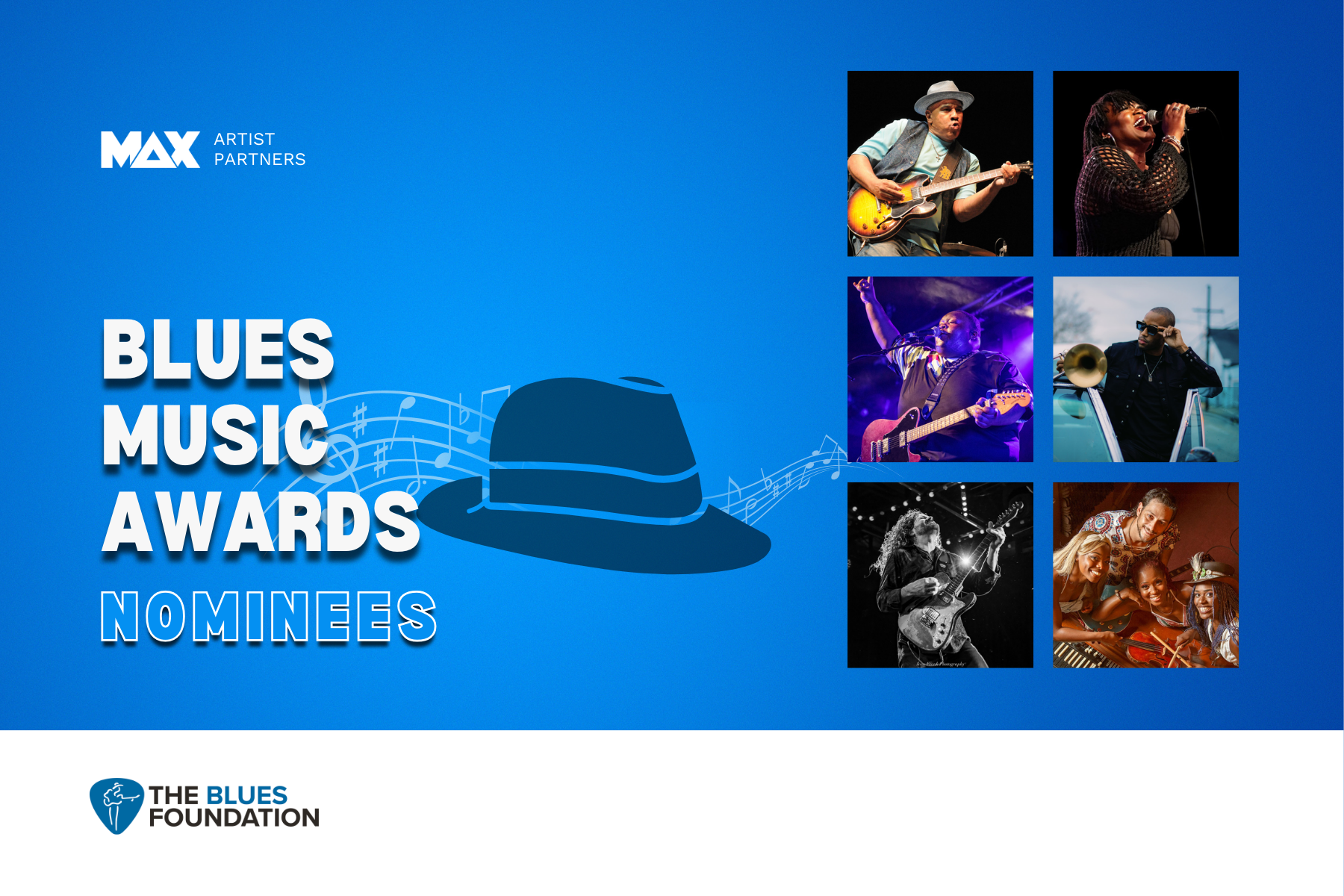
We’re fired up to celebrate our incredible artist partners who are nominated for the 2025 Blues Music Awards! 🎶🏆Blues music may be timeless, but...
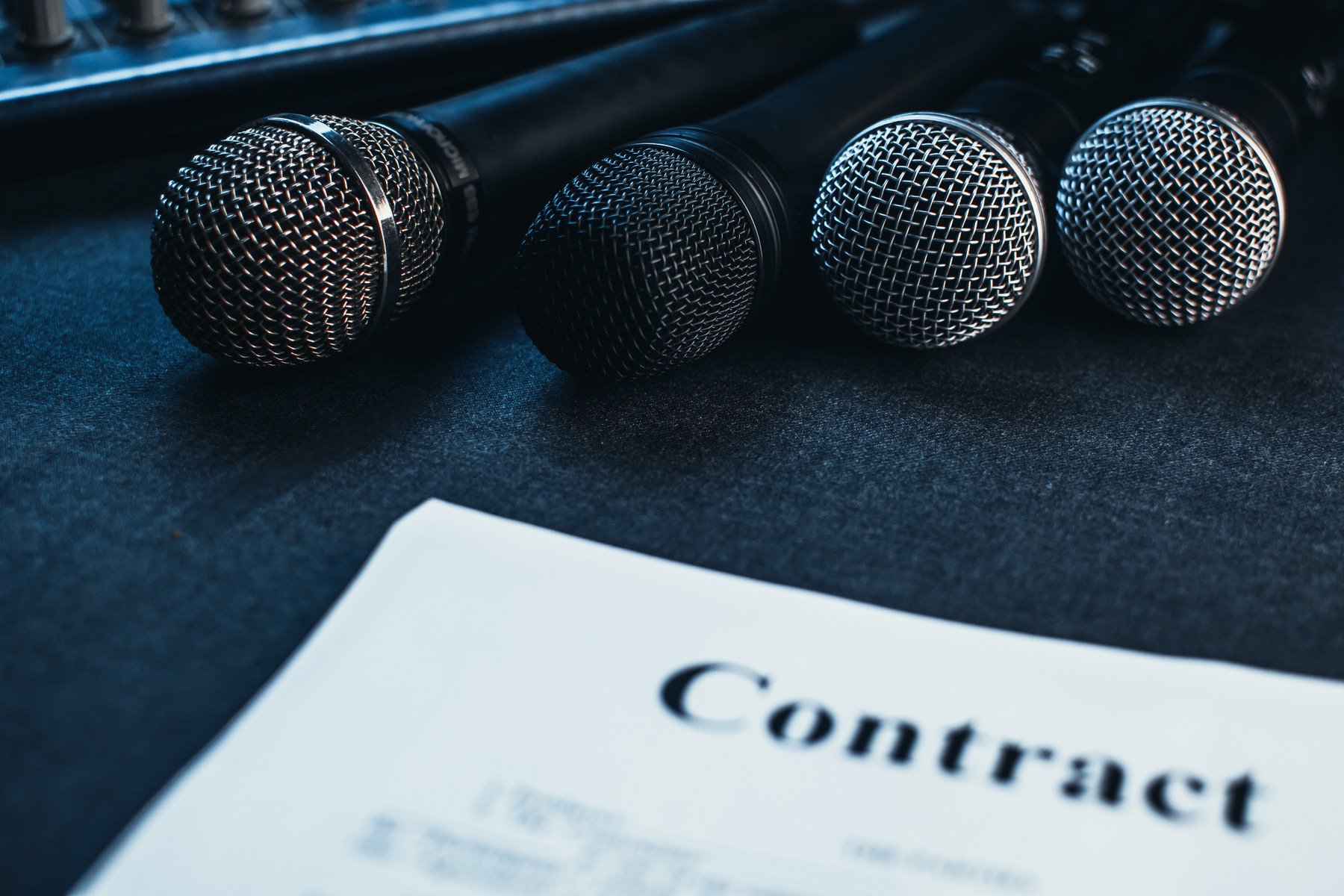
It’s a common question: what drives the cost of an artist partnership up (or down)? I mean, an artist’s fee can range from four to seven figures…and...
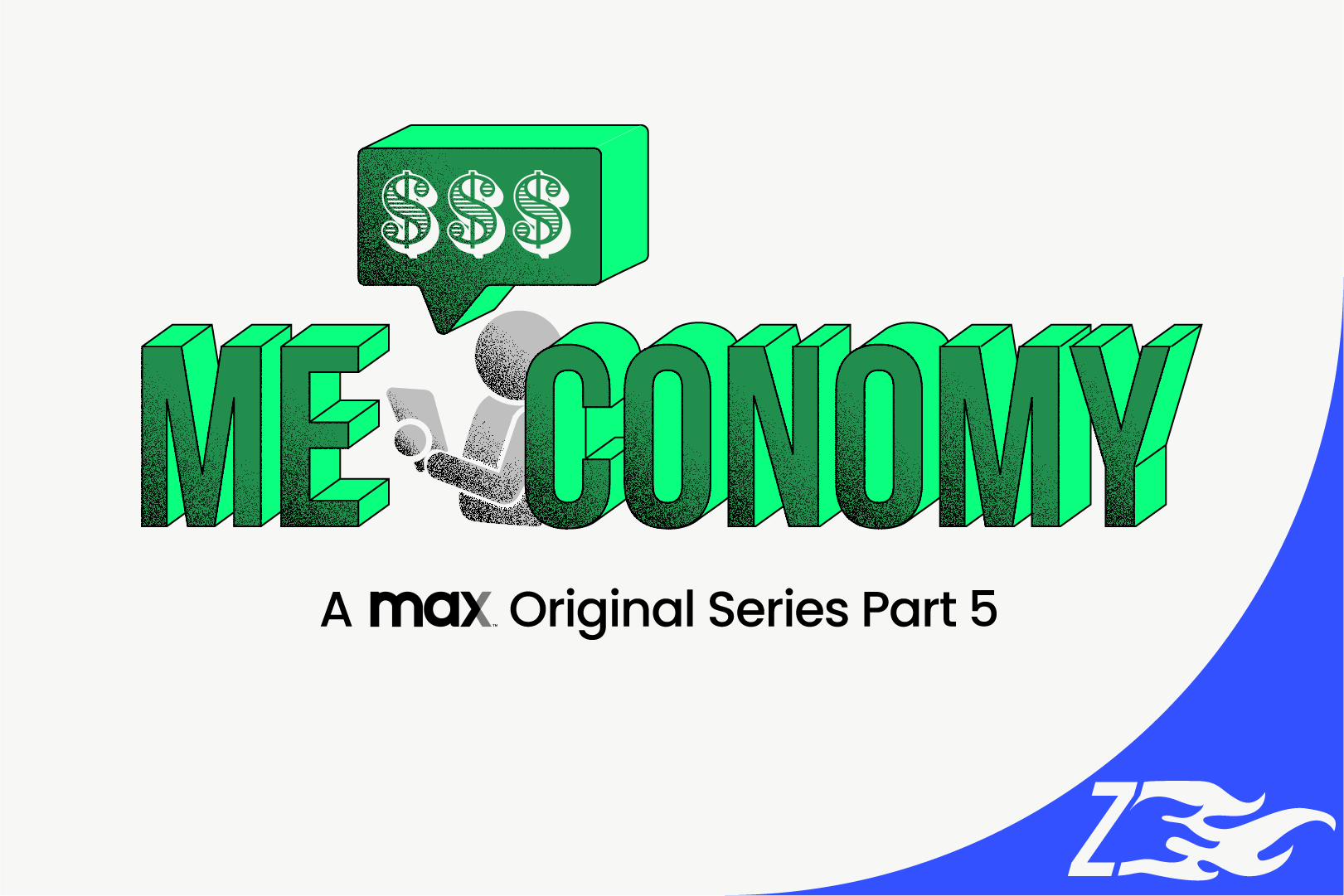
The me-conomy exists because of the shift in power from brands to people across demographics and nowhere is this change more evident than in the...
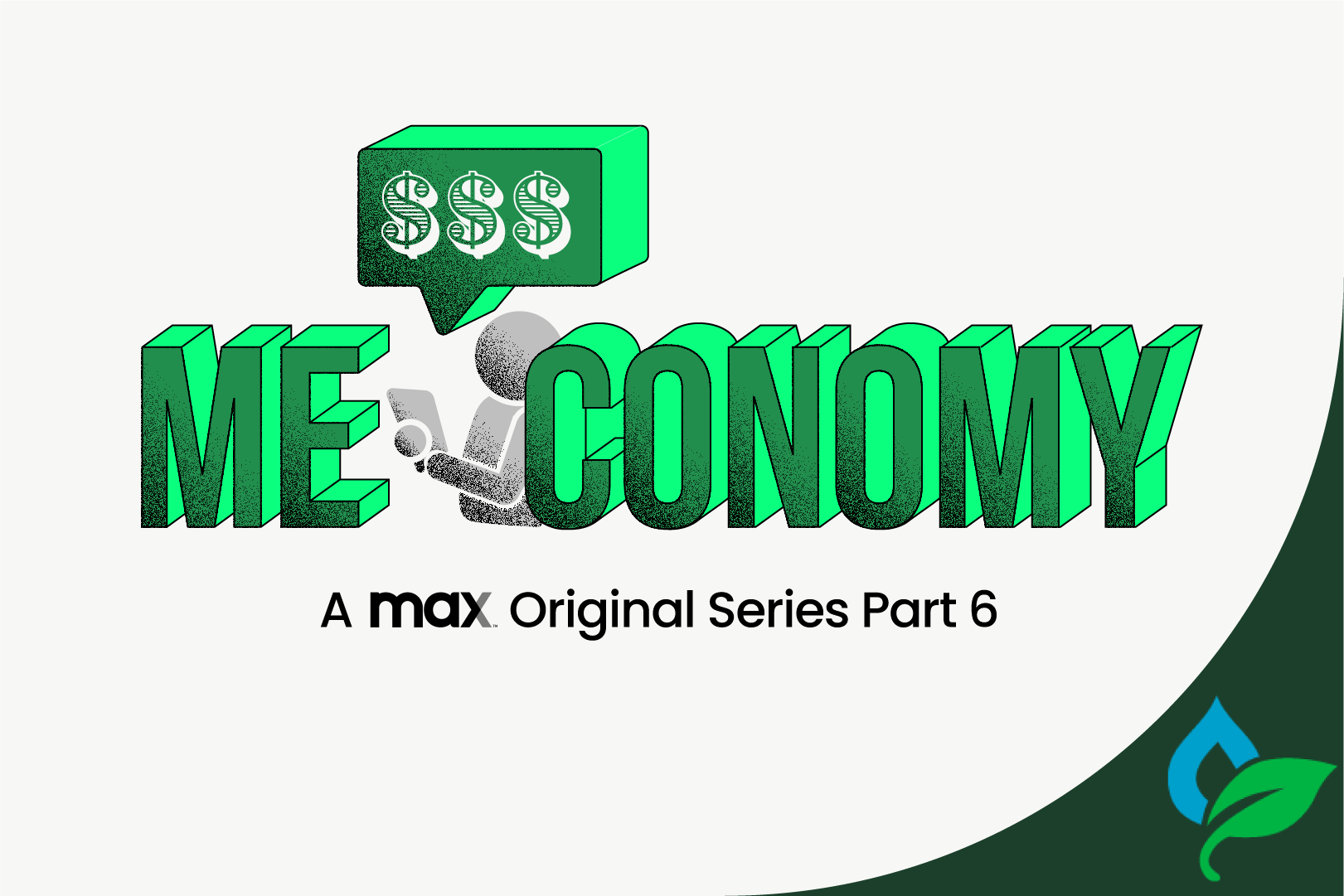
In the second installment of this series, we talked about how all of the changes seemingly brought about by the pandemic are actually just an...
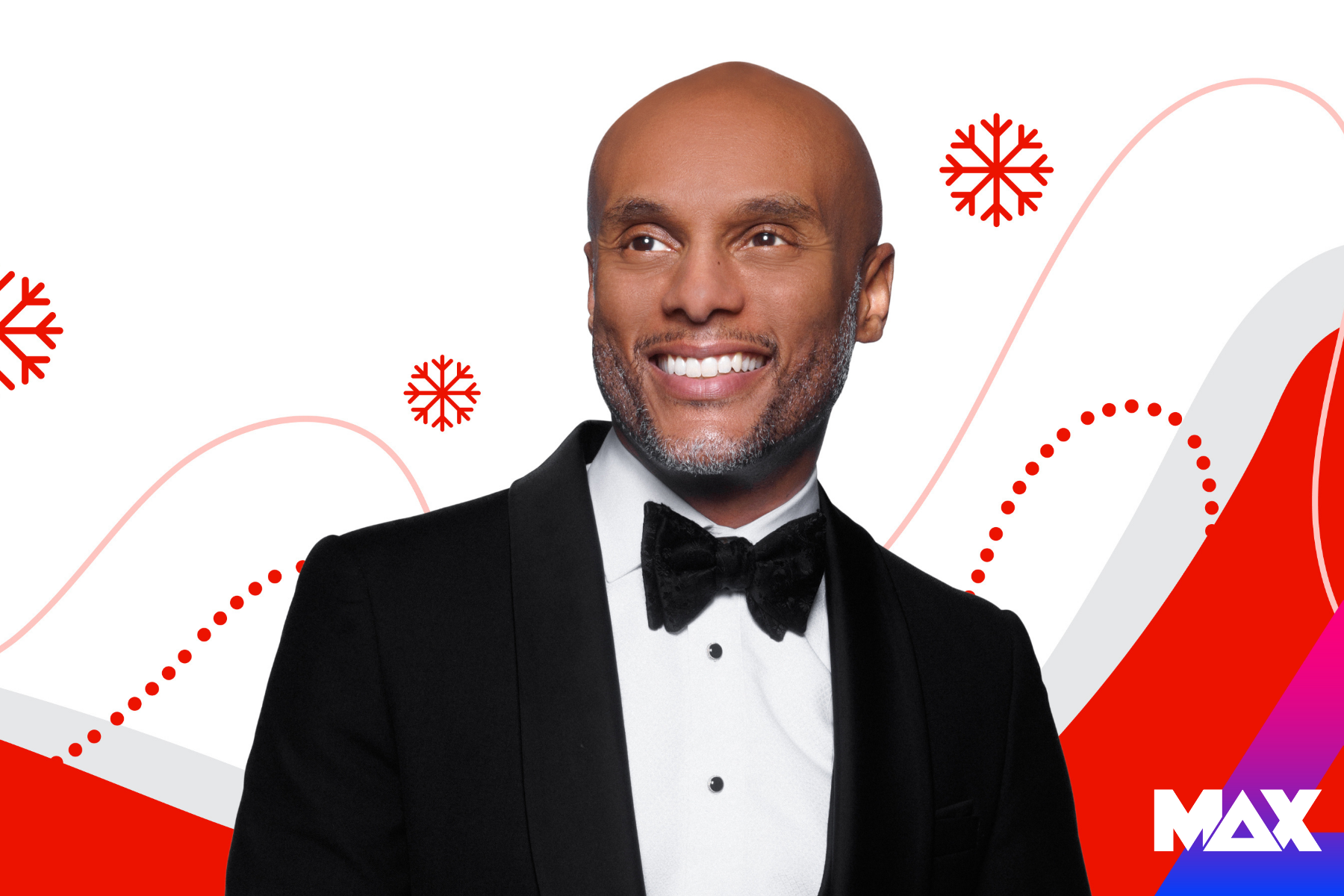
This holiday season, we’re cranking up the soul and cutting through the festive noise. We’ve teamed up acclaimed R&B vocalist Kenny Lattimore with...